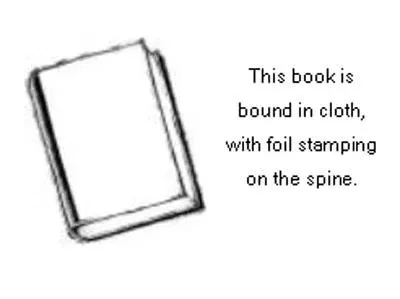In the early 1950s fisherfolk and other villagers around Minamata Bay on
the western coast of Kyushu, Japan, began to suffer from mysterious and
often fatal symptoms of what came to be known as Minamata disease. It
was not until 1968 that the government acknowledged its cause--organic
mercury poisoning from effluent released by Chisso Corporation, a
chemical manufacturer and the largest employer in the Japanese city for
which the disease was named. For decades the company denied
responsibility and was joined by the Japanese government in its attempt
to cover up the problem despite lawsuits and political protests. In this
compelling oral history, Ogata Masato, fisherman and Minamata disease
sufferer, tells of the devastation of methyl mercury poisoning. Spanning
fifty years, his story describes the impact of industrial pollution on
his own life, on his extended family, and on the fishing culture of the
Shiranui Sea. A one-time leader of Minamata disease patients seeking
certification and compensation, Masato breaks away to follow his
personal path to redemption. Masato's story begins with the vibrant
village of his childhood and culminates with the possibility of return,
if not to one's birthplace, then to a spiritual community, to a
consciousness that we owe our existence to the web of interrelationships
that constitute life. When we turn full circle, explains Masato, we find
ourselves again at the water's edge, a place where all life gathers.
This is the launching point for 'Tokoyo, ' boat of the Eternal World-a
world defined at once by the past, present and future; a state of mind
in which we are responsible not only for our own actions but for those
of our society and our species. Masato's story, larger than any one man
or one incident, raises questions we must all consider as beneficiaries
of modern industry and technology.

